I have a love/hate relationship with teaching fractions. Sometimes, it can be a lot of fun. And sometimes, getting students to understand that the smaller the denominator, the bigger the pieces feel overwhelming.
Nonetheless, every winter, I dive into fractions with my students. And over the years, I have fallen in love with using storytelling to teach fractions. Storytelling in math? What does that mean? Let’s take a look!
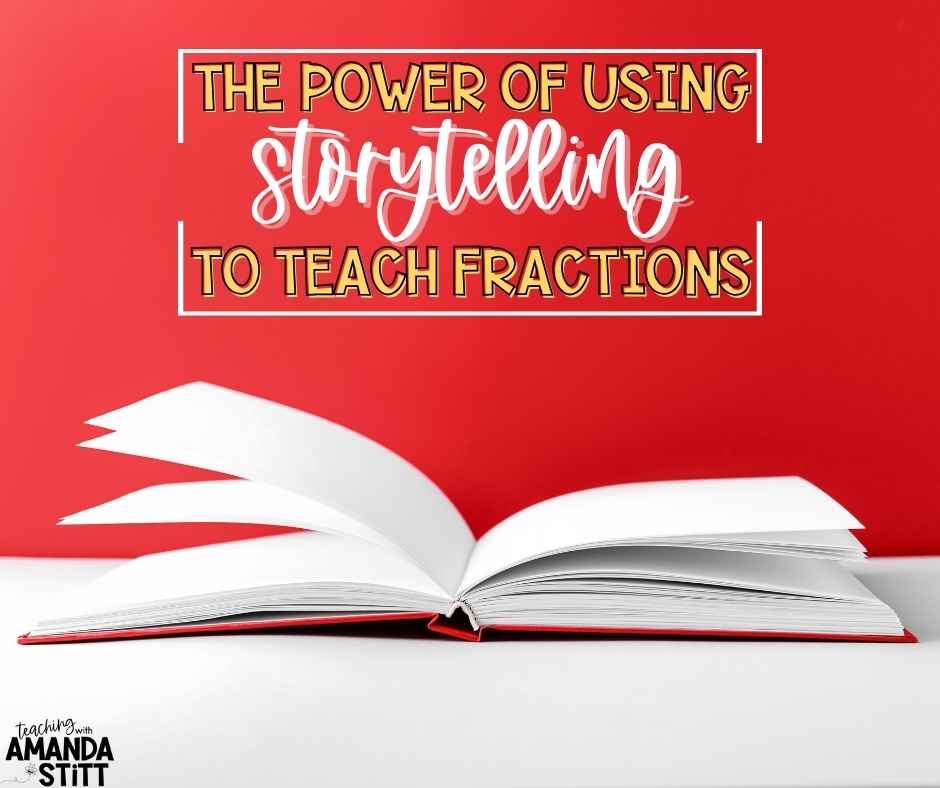
The Connection Between Storytelling and Learning
First of all, who doesn’t love a good story? Audiobooks wouldn’t be a $1.8 billion industry if no one liked being told a story.
Storytelling is powerful, no matter the subject or age. Storytelling allows students to make connections to what they are hearing and learning. And we know that when students connect to their learning, they tend to have a deeper understanding of the topic, leading to stronger knowledge retention.
Stories also tend to allow for more context around a topic. You can go further in a story than you can with a single problem or statement. Providing context around a topic allows students to establish relevancy and meaning, moving beyond a simple right or wrong answer.
We know storytelling is education is essential. We use it to teach everything except math. But let’s change that narrative and explore using it to teach fractions.

Storytelling to Teach Fractions
Fractions. What even is a fraction? And why does it matter?
Fractions are equal parts, which is a critical understanding students must have. So, we show a fraction circle divided into four equal parts to help them understand.
But what if we turn that circle into a pizza they need to share with a friend? Will they care more about equal parts if they share it with someone else?
My guess is yes. They will make the connection very quickly that fractions are equal parts.

We combined a little story with a basic understanding of fractions and helped students deepen their knowledge by connecting.
What about their favorite cookie recipe? Is there a story around that? That recipe could help them understand the difference between using ¾ cup and ¼ cup of sugar.
These are simple examples of how we can use storytelling to teach fractions concepts. Using storytelling to teach fractions helps make more abstract concepts more concrete.
Real-Life Applications to Teach Fractions
Create a story that has real-life applications for students.
A favorite is to use recipes to teach fractions.
But you can also create stories around building, measuring, and sharing to explore fractions concepts.
One of my favorite ways to use storytelling to practice fractions is with Math City projects. Let’s explore the Candy Store.
The Math City Candy Store is a math project that provides a whole story about running a candy store. It includes everything from making the candy to packaging it and selling it. Students have a role in the project, making them a part of the story.
This math project has students practicing different skills depending on their grade level. In 5th grade, the project has students adding and subtracting fractions in a real-world setting. In 4th and 3rd grade, they find equivalent fractions and compare fractions.
The Math City Candy Store is highly engaging for students because they practice their fractions skills in a real-world setting, use critical thinking skills, and use a story to guide their thinking. This project has created a story context for students to practice fractions. Thus combining the art of storytelling with fraction practice.
Grab this FREE fractions differentiation toolkit and use it with the Math City Candy Store (and various fractions activities). Explore how to use this toolkit here.
Using storytelling in math looks a lot like providing relevance. It makes learning new concepts more engaging for students and raises their knowledge retention rates.
We’re not looking for the next Harry Potter series in math class. We’re just working on little stories that can help students provide meaning. The next time you get those glossy-eyed looks from students during your fractions lesson, pause and think could I make this into a little story? It just might make all the difference.
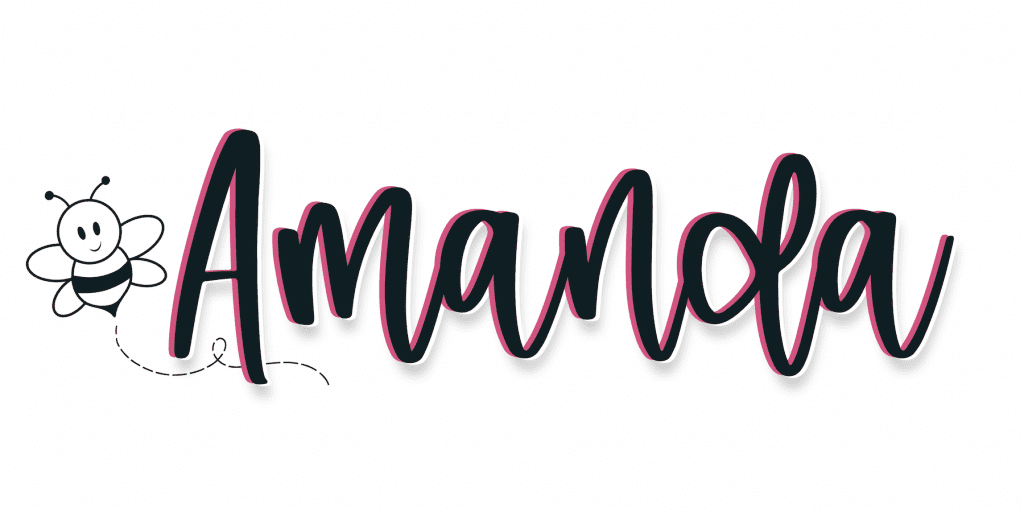

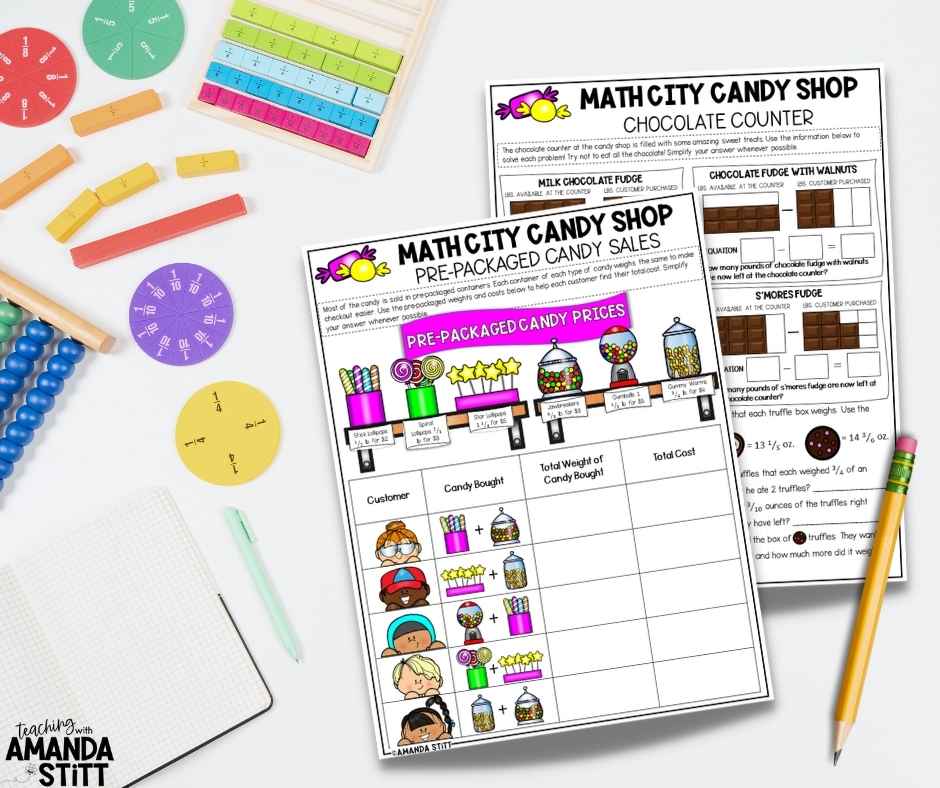
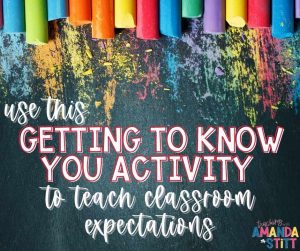
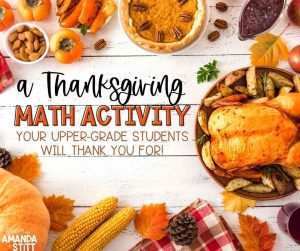
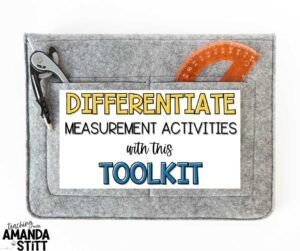

No Comments